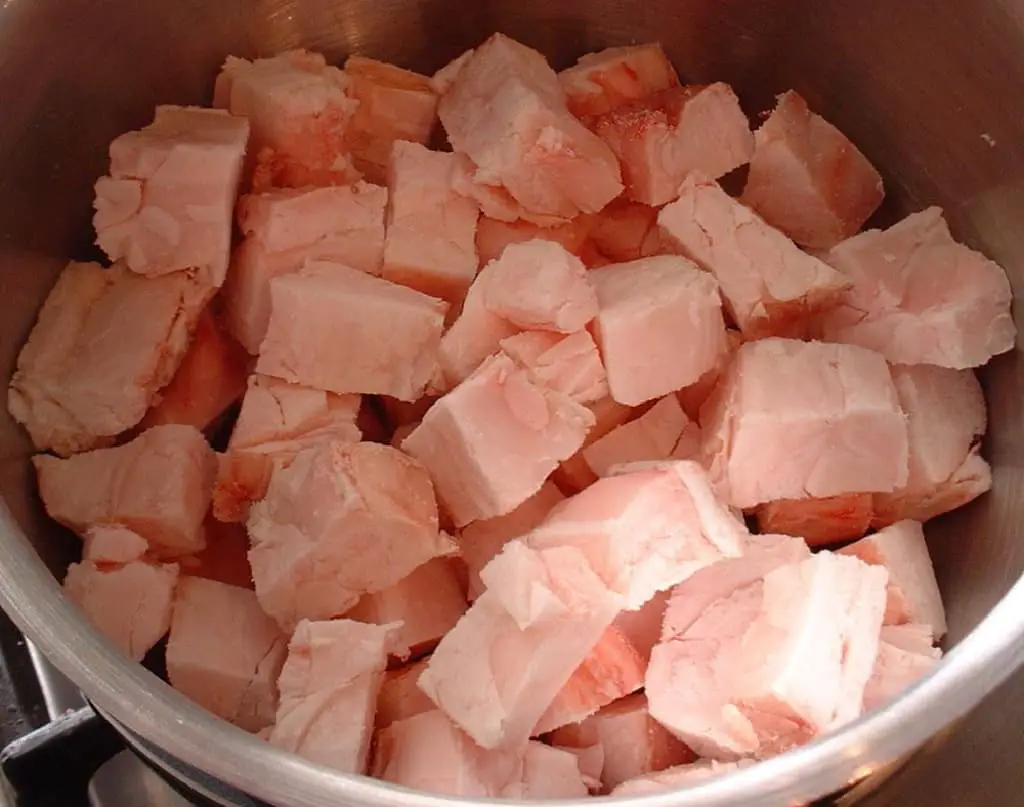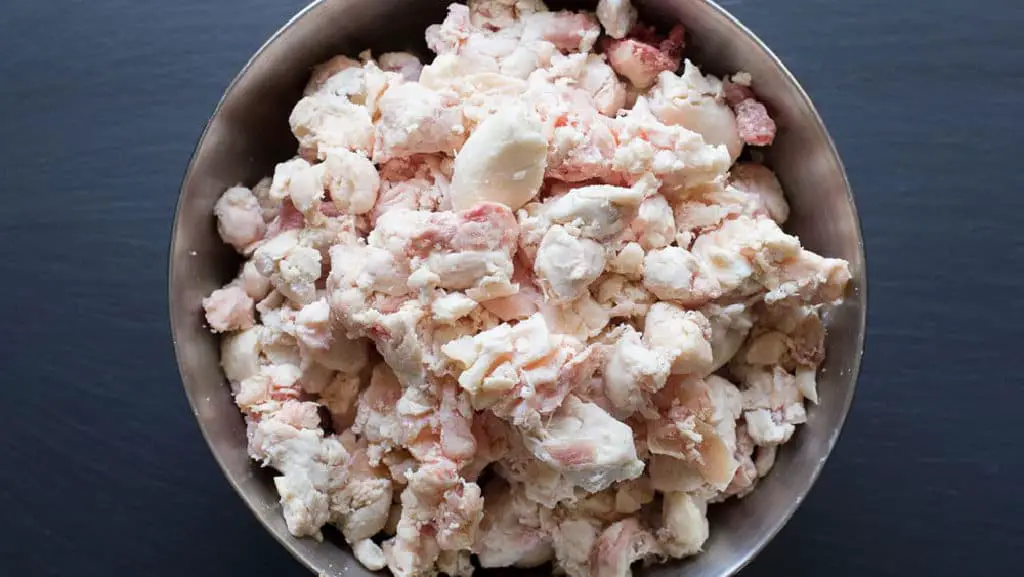How Long Does Suet Last? Exploring the Shelf Life of This Popular Cooking Ingredient

Chefs and home cooks alike have long cherished suet as a classic and adaptable ingredient in the world of culinary delights. Derived from the kidney fat of cows or sheep, suet adds a rich and savory flavor to both sweet and savory dishes. Suet is a staple in traditional recipes across various cuisines. But as with any cooking ingredient, the question inevitably arises: how long does suet last?
Imagine your favorite hearty steak pie or flaky pastry. The richness of them owes much to suet. Yet, as with any prized ingredient, understanding suet goes beyond flavor. It involves preservation and shelf life.
Does this unassuming kitchen essential possess an expiration date? How can one ensure its freshness is maintained for optimal gastronomic delight? Join us on a journey through the nuances of suet longevity as we uncover the secrets behind this enduring cooking staple. Let’s unravel the mysteries together!
Does Suet Go Bad?
Yes, suet goes bad because it cannot withstand high temperatures. Like many food products, suet can indeed spoil if not stored correctly or used within a reasonable timeframe. The high fat content in suet makes it prone to rancidity over time, especially when exposed to factors like heat, light, and oxygen.
Suet can last a long time due to its nature as a preservable ingredient. This is thanks to the rendering process that removes impurities. But, it does have a shelf life that home cooks should be mindful of.
Suet, while known for its durability and longevity, is not impervious to the effects of time. Like many food products, suet can indeed spoil if not stored correctly or used within a reasonable timeframe. Suet goes bad over time because it has a lot of fat in it. This happens especially when it is exposed to heat, light, and oxygen.
Suet can last a long time because it’s preservable. This is thanks to rendering, which removes impurities. But, it does have a shelf life that home cooks should be mindful of.
Position the suet feeders somewhere cool and shady so that the suet is protected from the sunlight or heat. Do not feed suet more than the birds can finish in 1-2 days. Because the leftovers can become contaminated and spoil the fresh suet.
If the temperature reaches above 45 degrees even in the shaded area, purchase “No melt” or “Summer” suet that does not melt under temperature stress.
If nothing works, you can place a tray below the suet feeder to catch the drips of the melted suet. Look for bird feeders that come with built-in trays online.
Factors Affecting the Shelf Life of Suet

Several factors can influence the shelf life of suet, affecting its quality and safety for consumption. Understanding these factors can help you store suet properly and maximize its freshness. Here are some key factors to consider:
- Storage Temperature: Suet should be stored in a cool, dry place away from direct sunlight and heat sources. High temperatures can cause the suet to melt or become rancid more quickly.
- Packaging: Suet should be stored in airtight packaging to prevent exposure to air, which can cause it to oxidize and spoil.
- Moisture Content: Suet with higher moisture content is more prone to spoilage. It’s essential to use suet with an appropriate moisture content and store it properly to prevent mold growth.
- Contaminants: Suet can become contaminated with bacteria, molds, or insects if not stored properly. Using clean utensils and storing suet in a clean environment can help prevent contamination.
Shelf Life of Suet
The shelf life of suet can vary depending on the specific conditions of storage. Commercial suet cakes, like those from FatBird, can last up to three years after the manufacture or sell-by date. The date is on the wrapper or box. If stored properly in airtight containers, suet can last for up to two months.
However, if suet is left out for too long, it can spoil or become rancid. It’s best to store suet in a cool, dark place, such as a basement or cool pantry, to ensure its longevity.
For home-rendered tallow, it can be stored at room temperature for a year or longer, especially if kept in a cool, dark place like a basement. Beef tallow, which is similar to suet, can last up to 12 months at room temperature, 12-18 months in the refrigerator, and at least two years in the freezer
Signs That Suet Has Gone Bad
When it comes to suet, spotting spoilage signs is crucial. They keep your food safe and tasty. One glaring indicator that suet has gone bad is its smell. Fresh suet typically exhibits a mild, pleasant odor reminiscent of tallow or beef fat.
However, if you detect any rancid or sour notes when sniffing your suet, it’s likely past its prime and best avoided. Another visual clue that signals spoiled suet is the presence of discoloration. Watch for any strange dark spots, greenish hues, or slimy textures on the suet’s surface. These are clear signs that microbes have taken hold.
Moreover, texture plays a vital role in determining suet’s freshness. Good suet should feel firm. It should be solid to the touch. Mushiness or stickiness could mean that moisture or bacteria have damaged it.
Remember, while slight color changes might be harmless, large deviations are concerning. They call for caution and quick disposal. This prevents health risks from eating spoiled suet.
How to Store Suet to Extend Its Shelf Life
When it comes to storing suet, ensuring proper conditions can significantly impact its shelf life and quality. The key is to keep suet away from heat sources or direct sunlight, as high temperatures can cause it to melt or go rancid quickly. You should put the suet somewhere cool and dry in your kitchen or pantry. A place with a steady temperature will help the suet stay fresh for longer.
Moreover, packaging plays a crucial role in maintaining suet’s freshness. Consider wrapping suet tightly in cling film or sealing it in an airtight container before refrigerating or freezing. This step not only prevents exposure to air and moisture but also helps retain the flavor and texture of the suet over time.
Take these simple storage steps. They will extend the usability of your suet. They will ensure that each dish benefits from its rich flavors.






